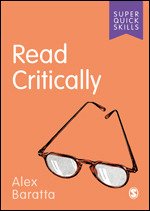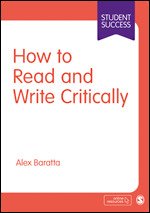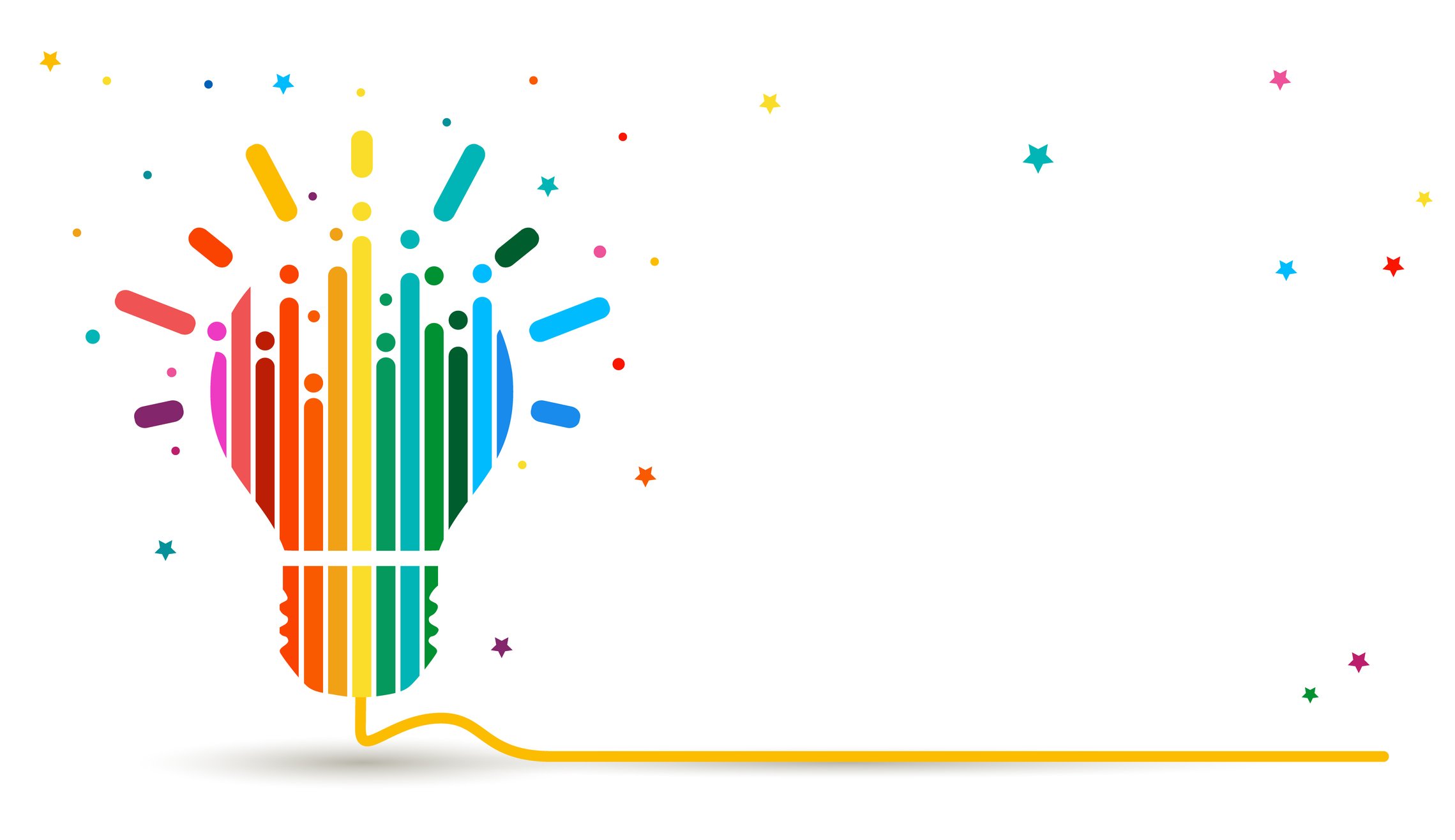The Link between Critical Reading, Thinking and Writing
By Alex Baratta, PhD Senior Lecturer, Manchester Institute of Education
Dr. Baratta is the author of How to Read and Write Critically (2022) and Read Critically (2020). Use the code MSPACEQ423 for a 20% discount on his books.
Critical thinking is a term you have probably come across a great deal in your academic journey at college, or even before you start college. Being critical is indeed a key skill you will need for your assessments, whether this be an essay, exam or oral presentation. But thinking critically is only the second step in a three-step process. This ‘critical process’ normally begins with critical reading and ends with critical writing (in the case of an essay); critical thinking comes in between the two.
Of course, sometimes you may find yourself bypassing the reading stage and suddenly have some critical insights that appear to come out of nowhere. The truth is, even if you didn’t do any particular textbook reading ahead of time, the critical thoughts that you’re suddenly inspired by might derive from comments made in class discussion, something the teacher said that made you think or some other source. It really doesn’t matter though. The important thing is that you harness your critical thoughts and use them to produce a critical assessment. Here, we’ll focus on an academic essay.
But what does it mean to be ‘critical’? Simple. It means you’re thinking for yourself. So by implication, this means what you’re not doing. You’re not cutting and pasting material from the teacher’s handouts and presenting that as your essay. You’re not making broad statements one after the other without any kind of demonstration of what it means from your perspective. Instead, to read critically and from here generate critical thoughts, you need to ask yourself when you do your textbook reading, ‘what does this mean to me?’ And there are four ways to answer that question. You can agree with the statements/propositions/claims you read about in your textbooks, and explain why; disagree, and explain why; give an illustration of what the statements/propositions/claims mean; or explain them in your own words. Ideally, a critically written essay will use all four devices. So in summary – read critically; to then think critically; and express your critical thoughts on the page, as part of critical writing. Let’s practice, by not just reading the statement below, but by critically reading it. Again, initiate the critical reading – and thinking – by asking the question, ‘what does this mean to me?’
Social media has changed language. The sentence might be read – just read – in a matter of seconds. But to critically read it, then this will take more time. Again, what does it mean to you? Well, before you answer, let me show you what it means to me (at least as I type; if I come back to the statement tomorrow, my thoughts might have changed). I will approach the statement using each of the four methods to show criticality:
Agree
More Methodspace Posts about Critical Thinking
Social media has changed language. This is indeed true, if we consider the number of texts sent to people on a daily basis, for example, often involving people from different language backgrounds. Moreover, if texting and messaging on chat forums using the global language of English, and if discussing fan-based subjects, then this can have further implications for how language is changed, and spread, around the world.
Disagree
Social media has changed language. Perhaps this is somewhat true, but there still exist standard forms of language which are more resistant to change. And it is standard forms, such as standard English, which are relied upon in high-stakes contexts, such as academic writing, business contracts and within government and law. This does not make standard varieties ‘better’, but it does mean that they are more resistant to change perhaps, precisely because we rely on such forms in important contexts of communication, those in which change might cause confusion.
Illustration
Social media has changed language. This can be seen within fan-based chat forums, for example, in which everything from the vocabulary of Harry Potter (e.g., muggle) or K-POP language (e.g., oppa) are spread amongst millions of individuals on a daily basis, from Cairo to Rio.
Explanation
Social media has changed language. In other words, this statement is addressing a more modern way in which language changes and how such changes are spread. This suggests a more societal-based approach to language change and subsequent codification, in which language change is in the hands of the people, and not, perhaps, a small number of academics.
You can see a degree of illustration with the ‘agree’ example, and the illustration example in turn implies agreement with the statement. However, the illustration example has a central purpose of providing a concrete example, without necessarily specifying full agreement, at least at this point. And the agree example is more overtly making an argument, by claiming that social media’s influence on language is ‘indeed true’. Moreover, consider the example of disagreement. Indeed, your critical reading starts here! Did you notice how this example shows not necessarily just disagreement with the original statement, but also goes on to make its own argument? Also, it’s not completely disagreeing with the original statement, as 100% agreement or disagreement might not, ironically, suggest critical thinking. Thus, recognising the weaknesses in an argument you otherwise agree with, or acknowledging the merits of an argument you otherwise disagree with shows that you’re being especially critical, because only with deep thinking on a topic could you then reveal an understanding of its pros and cons.
So consider the statement again, this time with some hypothetical questions and statements that might arise by asking ‘what does this mean to me?’ Social media has changed language.
Don’t let critical thinking be a scary, abstract term. You have just read ways to make this term, and practice, become an otherwise concrete event in your academic journey, a means to truly engage with your textbook reading and show evidence of such in your academic writing.














